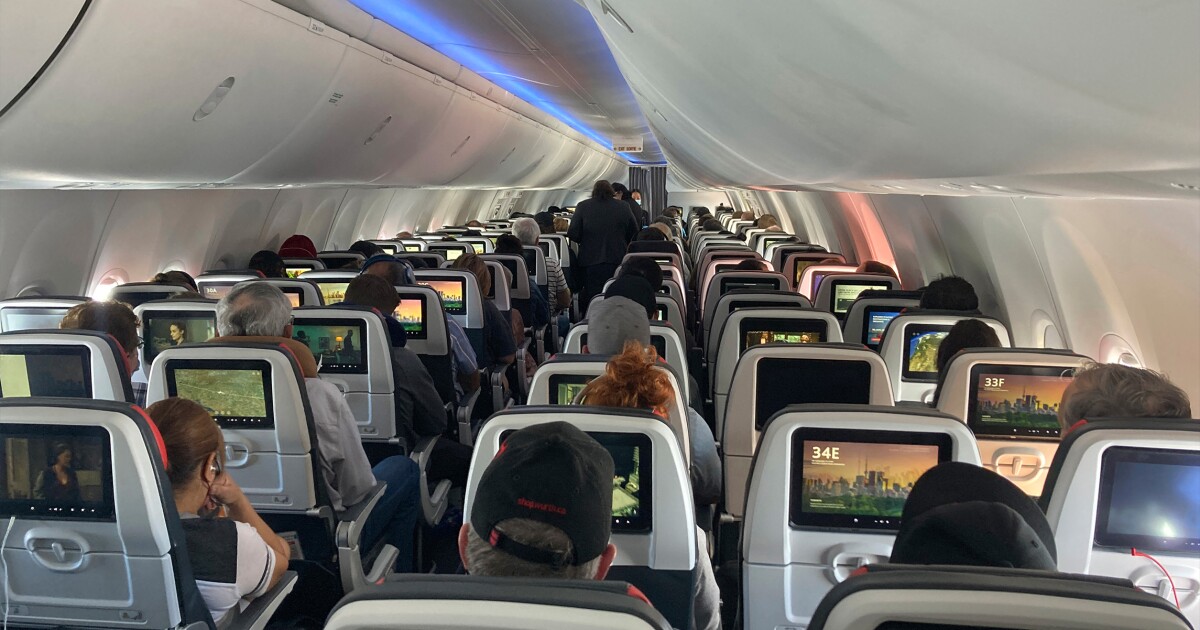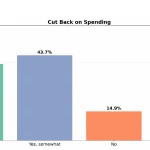

Staycations were all the rage leading into summer 2022, thanks to historically high fuel prices. However, travelers may see some relief in the fall with lower ticket prices for airfare.
This fare markdown is already happening, albeit slowly. Ticket prices hit record highs in May. June saw an almost imperceptible drop of .2%, according to NerdWallet. Then, July prices fell by 10%, or 7.8% seasonally adjusted.
Still, July prices were up 16% from July 2019 and a whopping 28% from July of last year.
“Generally speaking, prices are up, but of course, we should be careful not to compare to pandemic lows, and inflation adjustments matter,” Gary Leff, author of the influential View from the Wing website, told the Washington Examiner.
Leff added that the reason for rising prices “is that demand exceeds supply, which has been relatively fixed in the short run. Airlines haven’t had the staff to run the full schedules they’d like to operate and have cut flights in order to maintain their operations. So we know airlines would offer more flights if they could.”
Travelers the Washington Examiner consulted with generally agreed things are not bottom basement cheap but also that it has been worse.
“Prices are higher now but nowhere near historic highs,” said Greg Brooks, president of the Better Cities Project think tank. “Those of us who didn’t give up travel during COVID may have gotten a little too used to bargain basement trips when the airlines were struggling.”
Chaz Cirame, founder of the recruiting firm Big Fish, reports that he has reeled in some decent travel deals lately.
“Prices, from my perspective, are pretty low. I am pretty flexible with my travel plans and prioritize cheap direct flights,” he said.
Mike Duffy and his wife found some of this year’s higher prices to be jaw-dropping.
“Months ago, we were looking at Atlanta to Seattle, about $2,000 per person,” he said.
Leff blames airline mismanagement as much as the spike in fuel prices for the high ticket prices earlier this year that is only slowly leveling off.
“The [airlines are] short staffed because — despite government bailouts meant to ensure they kept their staff and were ready to fly when customers returned — they did not keep their full staff and remain ready to fly when customers returned,” Leff said. “They took the bailout money and encouraged early retirements and used the threat of dismissal from a gap in bailout funds to push people to leave ‘voluntarily.’”
The airlines are now working furiously to correct this staffing mistake, in a hiring environment that is not optimal, to say the least.
“Airlines are building back their staff, they’ll be adding more flights, and where passengers want to go will spread out more broadly with the world loosening COVID-era restrictions,” Leff said. “And that’s all apart from macro factors, like a potential recession, that could dampen demand and reduce airfares.”
The decadeslong trend in ticket prices is down, data from the Bureau of Transportation Statistics show.
In inflation-adjusted prices, the average domestic flight in the first quarter of 1995 went for $559.13. By the first quarter of this year, before the price hikes set in, that had fallen to $328.49.
If we take COVID-19 volatility out of the picture by reverting to the last non-COVID-19 year, the trend of gradually descending prices holds. Average fares for the first quarter of 2019 came to $393.35 in current dollars.
There are plenty of problems that airlines have to deal with in the near term, including labor unrest, new COVID-19 strains, and a sharp reduction in business travel. Yet current indicators are that prices are falling again. That should tempt some travelers to dream big and pack their bags.





